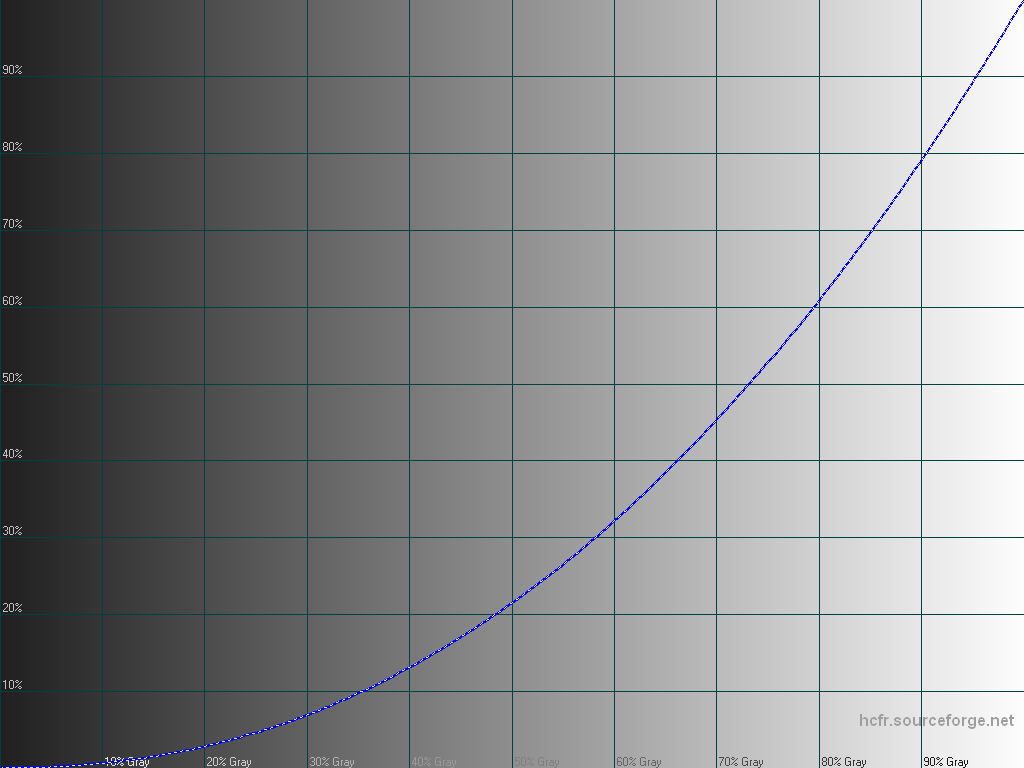+Tek Syndicate just published one in video and they're pretty enthusiasts about the results 🙂
A tip about converter software: +Albert Manduca, who shows his experience with RAW editing uses +Adobe Lightroom which is great as it's one of the software that implement all the DNG capabilities I used during profiling.
Mainly:
* Color calibration
* Noise profiling
* Lens vignetting correction and sensor color uniformity
DNG files are the RAW sensor data plus metadata that describe shooting conditions and how to transform what the sensor sees into a corrected image representing colors as they are.
Compared to proprietary RAW formats, DNG is self-describing.
Smartphones' captures require more correction than other cameras due to their physical constrains.
Some converters support DNG but not all its features.
Typically, noise, vignette or color uniformity won't be corrected as expected, color conversion incomplete, exposure compensation not applied so be sure to use a fully fledged RAW editor!
By the way, did anyone made a comparison with a Lumia DNG?

